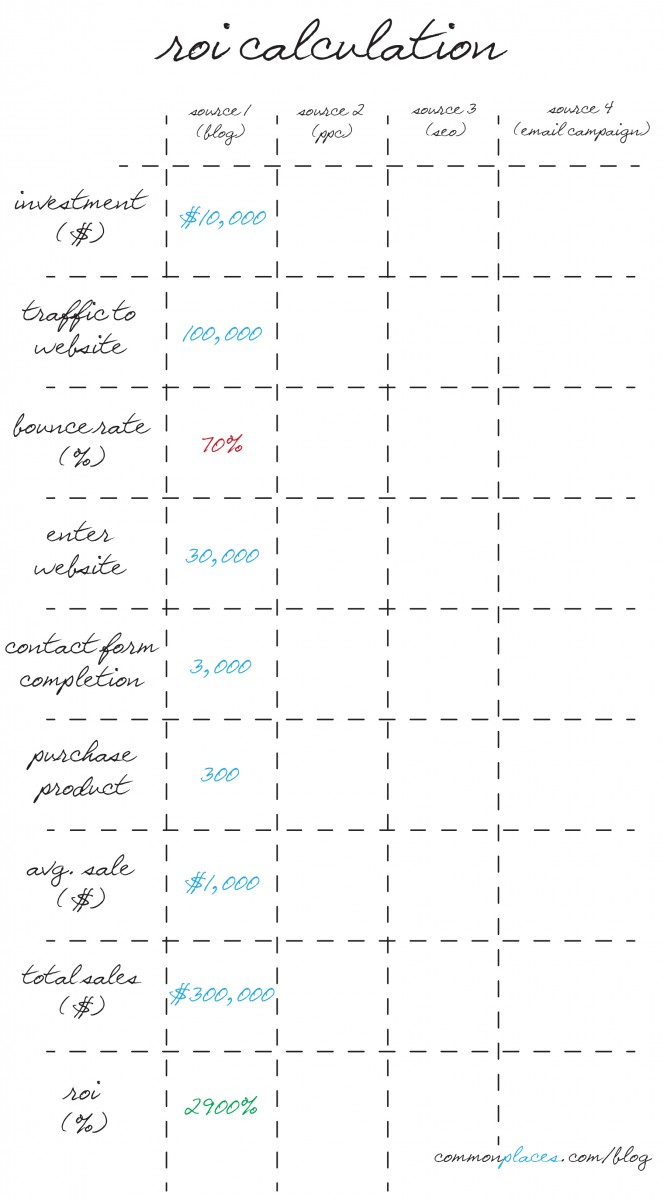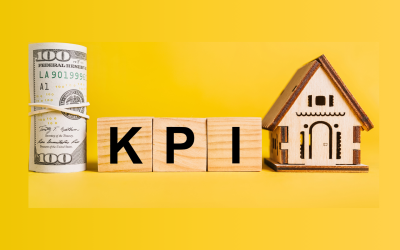Executives always need to reexamine their website with a view to understanding what their return on investment (ROI) has been, and what it can be for both the near future, and long term. They need to take a good, hard look at what campaigns they have run in the past, determine the cost on return, and see where money is best spent. Understanding your ROI is the most effective method you’ll have in making appropriate decisions for years to come.
Reduce your bounce rate
One method to help increase your ROI is to understand your bounce rate and make changes to reduce if necessary. Bounce rate is the percentage of visitors who find their way to a page on your website, usually (but not necessarily) your home page, but don’t go beyond that one page. They found you, but somehow they don’t navigate anywhere else on your website. Every website is different, but a good bounce rate is easily measurable. If an average bounce rate, as reported by Mashable, is 50%, then a bounce rate of 25% is great. If you have a bounce rate of 60%, and you reduce it to 40%, then you have 50% more interested customers.
You may have great, relevant content such as a blog that draws your target audience in, but if that blog doesn’t entice them to come back, or induce them to download a CTA (call-to-action), then the blog might not be serving the purpose you hope for it to serve. Imagine a blog post which draws 2000 visits every week for over a year, but not one person clicked on the CTA. In spite of the high traffic numbers, the goal for all content is to convert the visitor into a qualified sales lead. You can’t really consider that blog a success if it fails to bring in even one customer or lead. The same may be true for a pay-per-click campaign you ran, or an email campaign. Investing a lot of money in something which yields little to no success means you might need to re-evaluate your marketing efforts.
Establish goals for each campaign
Keep track of what your costs are for each channel or method that was used to bring someone to your website. For example, you should break it down by channel such as an email, blog article, tradeshow or PPC campaign. Set goals for each campaign, such as a 15% increase in leads, and analyze the results based on each channel you used to detemine your overall ROI for that campaign.
You’ll need the proper tools to make this determination. How many visitors to your website fill out a contact form, and what percentage of them converts into actual customers? What, on average, do these new customers spend? Tally up the total average sales, and compare with your investment, and you will have your ROI. Customer Relationship Management systems, such as HubSpot, will aid in tracking this information.
The chart below shows at a glance how to calculate ROI. We filled one column with a typical example of tracking the ROI of a website’s blog. Note that in this example, the blog has a high bounce rate, but produced high end accounts relative to the actual cost. Remember, ROI is based on profits not sales. It’s how much gross profit you make for your investment. You need to take a look at all the data in order to accurately calculate your ROI.

Is this chart useful? Do you have any tricks for determining your ROI? We welcome your thoughts and opinions.
Ben Bassi, founder and CEO of CommonPlaces, is a seasoned Internet veteran and marketing executive. His extensive experience in Web-related business dates back to the early ‘Ö90s; with a career specializing in digital strategy, planning, and marketing.


